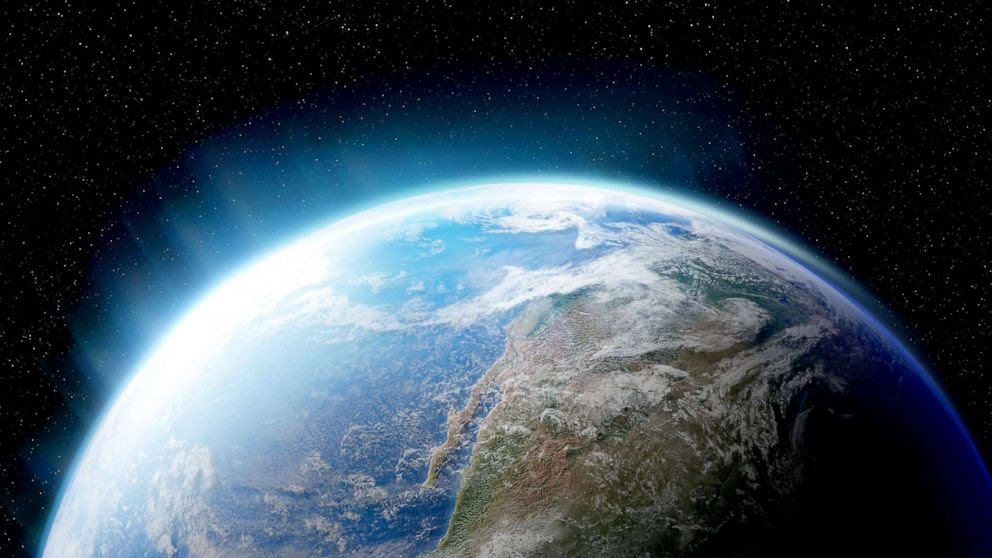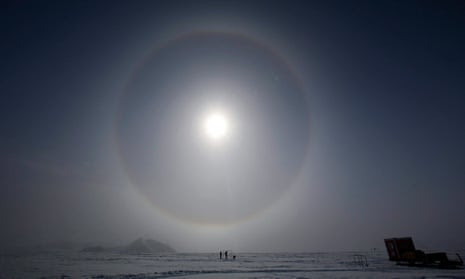After breaking a record in size during the year 2020 due to exceptional natural weather conditions and the presence of depleting substances in the atmosphere, the hole in the ozone layer finally closed in December of the same year. From mid-August onwards, the hole had been growing, reaching a maximum area of about 24.8 million km2 in September, or most of the Antarctic continent.
This was one of the largest, deepest and longest-lasting holes measured since observations began 40 years ago. The hole in the ozone layer is created by a strong, stable and cold polar vortex and very low temperatures in the stratosphere. The head of the World Meteorological Organization’s Atmospheric Environment Research Division, which oversees the network of global atmospheric watch stations within the WMO, Oksana Tarasova, believes that 2019 and 2020 are two seasons that have highlighted the inter-annual variability of the ozone hole and have helped to better understand the factors responsible for its formation, extent and severity.

She believes that continued international action is needed to enforce the Montreal Protocol on Substances that Deplete the Ozone Layer because enough of these substances remain in the atmosphere to cause ozone depletion each year. The WMO program works with the European Union’s Copernicus Atmospheric Monitoring Service, NASA, Environment and Climate Change Canada, and others to monitor the ozone layer, which protects against ultraviolet radiation from the sun.
Ozone layer depletion depends on the temperature of the stratosphere between ten and fifty kilometers above sea level because polar stratospheric clouds play an important role in the chemical destruction of ozone and only form at temperatures below -78˚C. These clouds contain ice crystals that, upon contact with sunlight, cause chemical reactions that allow compounds to rapidly destroy ozone.
The role of stratospheric clouds and sunlight explains why the hole in the ozone layer is only visible in late winter and early spring. It is during the southern spring, from August to October in the Northern Hemisphere, that the hole expands over Antarctica to reach a maximum between mid-September and mid-October.
At the end of the southern spring, temperatures in the stratosphere rise again, slowing down the depletion of the ozone layer, whose concentrations return to normal by the end of December. In 2020, the polar vortex over Antarctica has managed to keep temperatures in the ozone layer permanently low, preventing ozone-depleted air from mixing with ozone-rich air arriving from higher latitudes. Thus, for much of the 2020 season, ozone concentrations were near zero and the depth of the ozone layer was one-third of its normal value before the hole closed on December 28 according to Copernicus observations.
Thanks to the adoption of the Montreal Protocol in 1987, scientists observe that the ozone layer has been gradually recovering since then. This multilateral treaty regulates the production and consumption of more than 100 chemicals called ozone-depleting substances. Because of the long life span of chemicals in the atmosphere, the WMO and the United Nations Environment Program estimate that ozone concentrations over Antarctica could return to pre-1980 levels by 2060.



Comment here